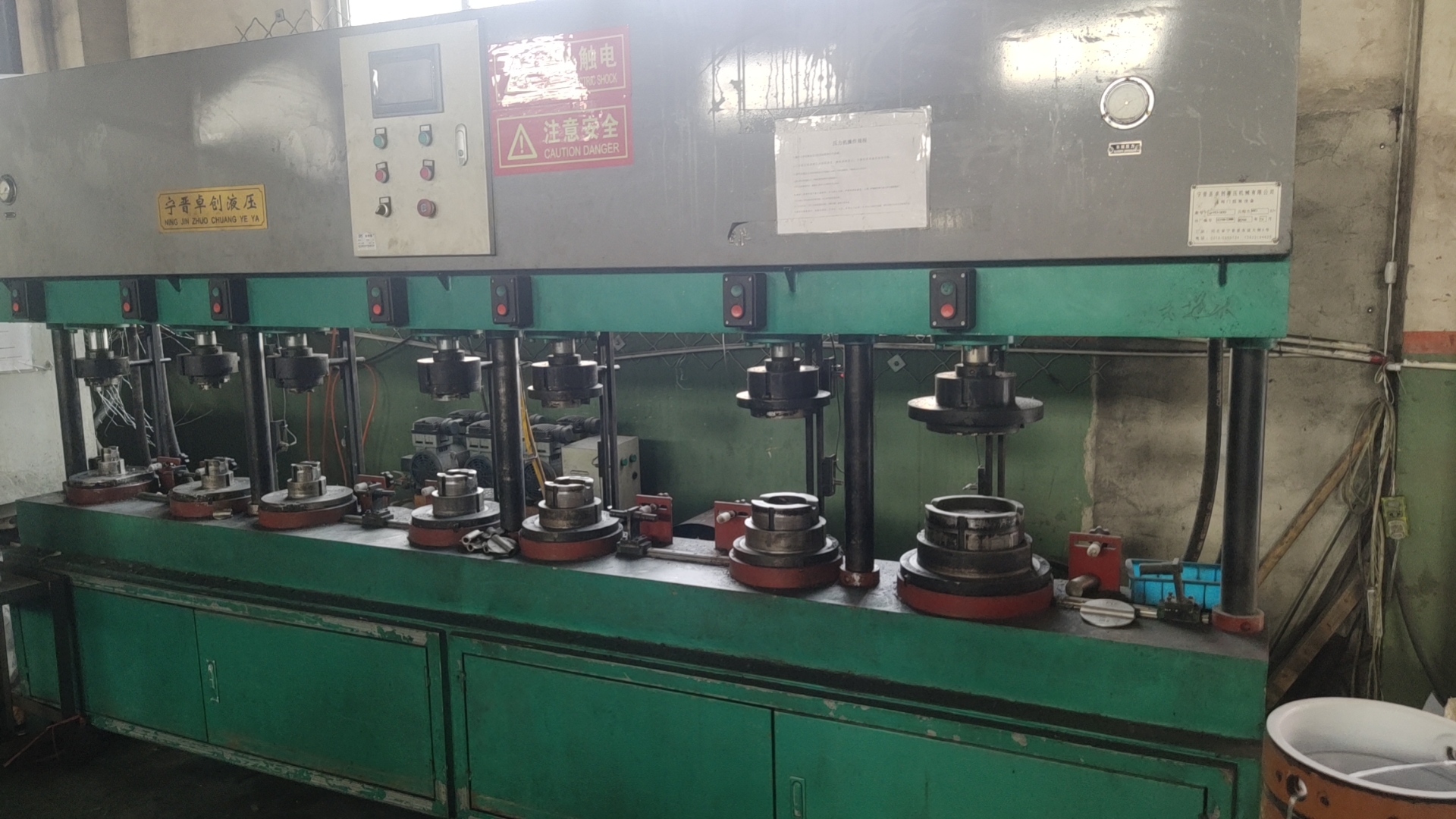How to Properly Install and Maintain Valves
Valves play a crucial role in regulating the flow of fluids or gases in industrial, commercial, and residential systems. Proper installation and maintenance are essential for ensuring their reliable operation, preventing leaks, and extending their lifespan. This article outlines the steps and best practices for installing and maintaining valves effectively.
1. Pre-Installation Preparation
Before installing a valve, careful planning is essential to avoid potential issues:
- Inspect the Valve and Components: Check for visible damage, such as cracks, rust, or missing parts, before installation.
- Verify Valve Specifications: Ensure that the valve type, pressure rating, and materials are appropriate for the application.
- Clean the Pipeline and Surrounding Areas: Remove debris, dirt, or moisture from the pipeline to prevent contamination and ensure a proper seal.
- Align the Valve to the Flow Direction: Follow the manufacturer’s instructions regarding the correct orientation, as many valves are directional.
Tip: Always wear appropriate personal protective equipment (PPE) during installation, especially in hazardous environments.
2. Step-by-Step Installation Process
Follow these general steps for proper valve installation:
2.1 Positioning and Alignment
- Ensure the valve is aligned with the pipeline to prevent unnecessary stress on the valve body or piping.
- If installing a flanged valve, make sure the flanges are parallel and use the correct gasket material to avoid leaks.
2.2 Tightening Bolts or Fasteners
- Use a torque wrench to tighten bolts gradually in a crisscross pattern. This ensures even distribution of pressure and prevents warping or misalignment.
- Avoid overtightening, which can damage the valve or lead to future leaks.
2.3 Checking Actuation Mechanism
- For motorized or pneumatic actuators, ensure electrical connections and air lines are properly installed.
- Manually operate the valve (if possible) to confirm smooth movement and proper functionality.
2.4 Testing for Leaks
- Perform a hydrostatic or pneumatic test to ensure the valve and pipeline are leak-free.
- Monitor pressure gauges during the test to detect any pressure loss.
3. Best Practices for Valve Maintenance
Regular maintenance is essential to prevent valve failure and extend its operational life. Below are key practices for valve upkeep:
3.1 Routine Inspections
- Check for signs of wear, corrosion, and leaks at regular intervals.
- Inspect moving parts such as stems and handles for smooth operation.
3.2 Lubrication of Moving Parts
- Apply appropriate lubricants to valve stems, seats, and actuators to prevent seizing.
- Use grease compatible with the valve material and the media it handles.
3.3 Cleaning and Flushing
- Periodically flush the pipeline to remove sediment buildup that could interfere with valve operation.
- Clean valves exposed to corrosive or abrasive media to prevent damage.
4. Handling Common Issues
Proper maintenance helps avoid problems, but knowing how to address common issues is also important:
- Stuck Valve: Apply penetrating oil to the valve stem, or use a wrench carefully to free the valve without damaging it.
- Leaks at the Packing: Tighten the packing nut slightly or replace the packing material if necessary.
- Actuator Failure: For motorized valves, check electrical connections and replace faulty parts as needed.
5. Scheduled Valve Maintenance Programs
For critical systems, implementing a scheduled maintenance program helps prevent unexpected downtime. The program should include:
- Visual Inspections: Identify and repair small issues before they escalate.
- Function Testing: Operate the valve regularly to ensure smooth function.
- Component Replacement: Replace gaskets, seals, and packing material periodically based on usage and wear.
6. Conclusion
Proper valve installation and maintenance are key to ensuring efficient and safe operation. Taking the time to plan installation, perform regular inspections, and address issues promptly can prevent costly failures and prolong valve life. Whether in industrial facilities or residential systems, following these practices ensures that valves remain reliable and functional throughout their service life.



